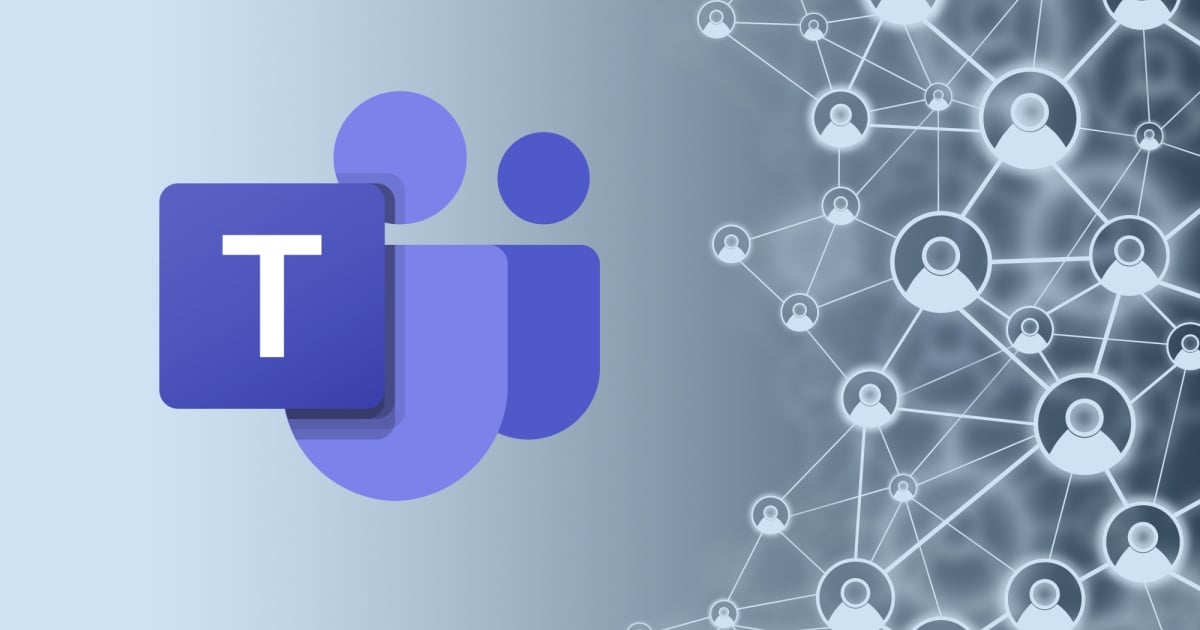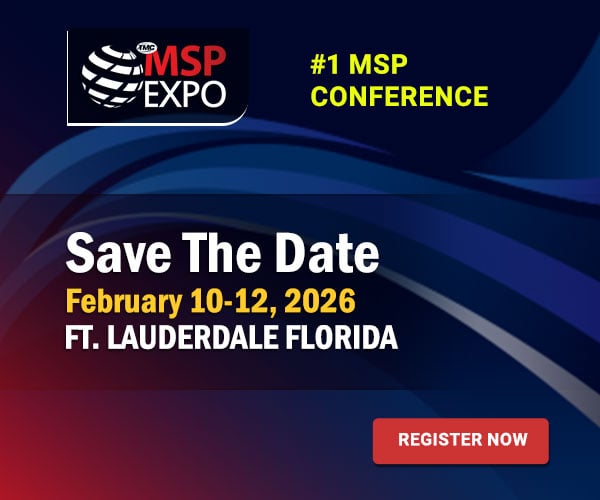
The best collaboration tools cannot make the collaboration effort a success.
Have you ever been in an unproductive customer collaboration session in which one person dominates, another lacks confidence and doesn’t speak, and the rest are tuned out? This can happen during a sales call, when you are trying to fix a problem, or your help desk person cannot deal well with a customer. Poor speaking skills can make or break an MSP or vendor business relationship.
I wanted to explore how voice collaboration participants can improve or degrade success. I interviewed Debra Cancro, CEO and founder of VoiceVibes. VoiceVibes provides automated speech coaching using artificial intelligence (AI). The aim is to help people be more effective communicators by guiding speakers through personalized speech practice sessions that enhance their communication style in quantifiable ways.
Impairments to productivity
Poor collaboration sessions delay results, hurt productivity, and can increase the cost of doing business. One of the greatest aspects in preparing and fostering better collaboration sessions for relationship-focused roles is getting people to the point where they can speak confidently and naturally. If this isn’t achieved, not only will the customer relationship suffer, but the likelihood of limited or lost business is high.
Unproductive sessions with bad vibes may be unpopular, but getting better tools won’t help. How collaboration participants talk and the way they express themselves does make a difference. Learning to instill positive vibes for the collaboration session can go a long way to improving the efficiency, productivity, and popularity of an interaction.
What are vibes?
Vibes is the term we use to describe how you come across – how you’re likely to be perceived by others.
When information is conveyed out loud, whether in real time or recorded – in a video or audio call or in person – the effectiveness of that oral communication is impacted by the delivery of the message. Does the speaker sound clear, confident, arrogant, authentic, or personable?
We’ve developed predictive models to analyze recorded speech and objectively predict how an audience would rate it in 20 categories, or “vibes.”
What are examples of vibes, and how do they help in conversations and presentations?
We measure nine positive vibes: authentic, assertive, captivating, clear, confident, dynamic/energetic, organized, personable, and persuasive. Feedback about positive vibes helps reinforce good behaviors. For example, we know that the presence of positive vibes in a speaker’s voice significantly improves a listener’s response to the question, “Would you want to buy something or work with this person?” People are 13 times more likely to say they would want to buy from or work with a person when they rated a speaker as sounding extremely confident as opposed to not at all confident.
Negative vibes, how do they hinder conversations and presentations?
The main way that recognizing negative vibes helps speakers is they can see exactly where in their speech they sounded the most bored or detached or disinterested. Our research shows that when it comes to sales, it’s actually three times worse to sound boring than arrogant! I believe that’s probably the most common issue that can now be measured and coached.
Can positive vibes be adopted?
When I’m consciously trying to be engaging, it shows. To do this, I must remember that even though I might be nervous, or bored with repeating the same demo every day, I need to show passion and energy and not let it be hidden. Once you practice this enough it begins to come naturally. We think of this as building new “muscle memory” by practicing the right behaviors over and over.
How do you reduce the negative vibes?
Trial and error is the best way to reduce negative vibes. Once you become self-aware and can receive feedback every time you practice, it’s the best way I know to improve. I like the analogy of a chef tasting her soup. She adds more ingredients, then tastes again, and repeats this process until the soup is perfected.
Edited by
Erik Linask






